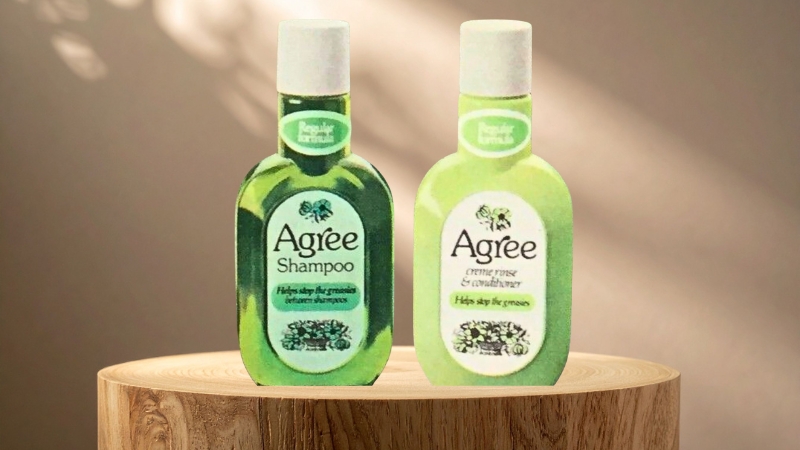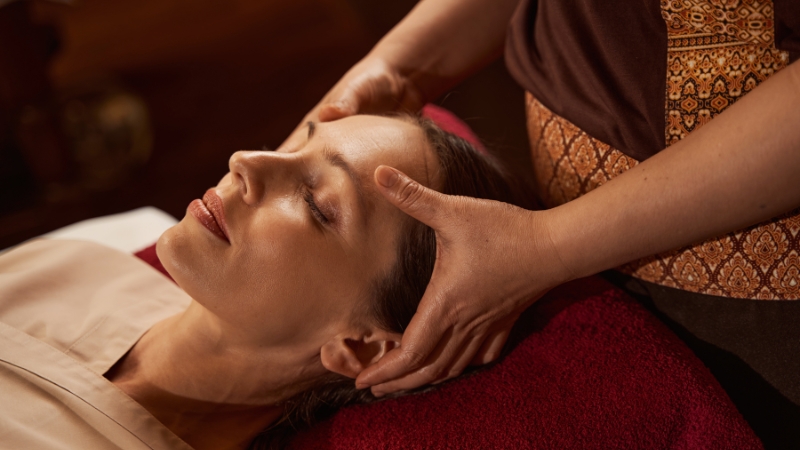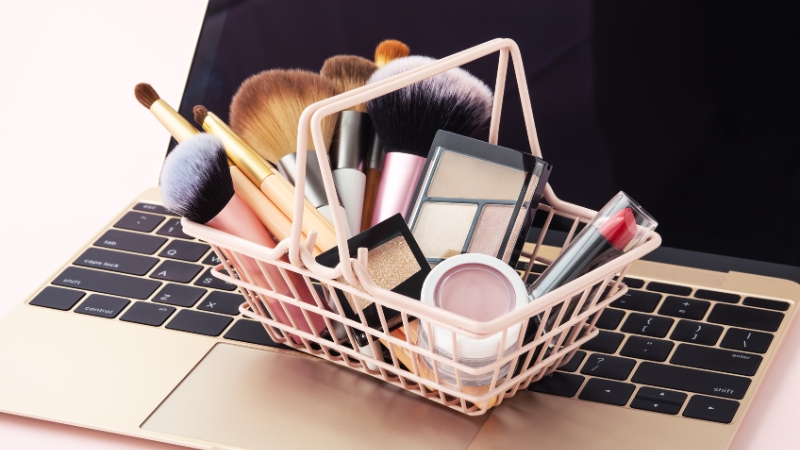
Share Post:
Buying makeup online used to be a gamble. You’d scroll through tiny swatches, guess at undertones, and hope the foundation shade that looked perfect on your screen matched your skin in real life.
Fast forward to now, and beauty e-commerce has turned a corner. Brands have built personalization into almost every touchpoint, from quizzes that recommend a perfect match to loyalty programs that know when you’re about to run out of mascara. That shift is reshaping customer behavior, and it’s a powerful driver of loyalty.
Personalization has become the core of how beauty shoppers decide what to buy, where to buy it, and whether they’ll come back.
When a brand remembers your undertone, predicts a refill before you run out, or lets you try a shade virtually, it removes uncertainty and builds trust. Trust then translates into repeat purchases, and repeat purchases form the backbone of loyalty.
Let’s break down how that process works, the tactics behind it, and why the data shows such a strong link between personalized makeup and long-term customer retention.
Key Points
Why Personalization Drives Loyalty in Beauty
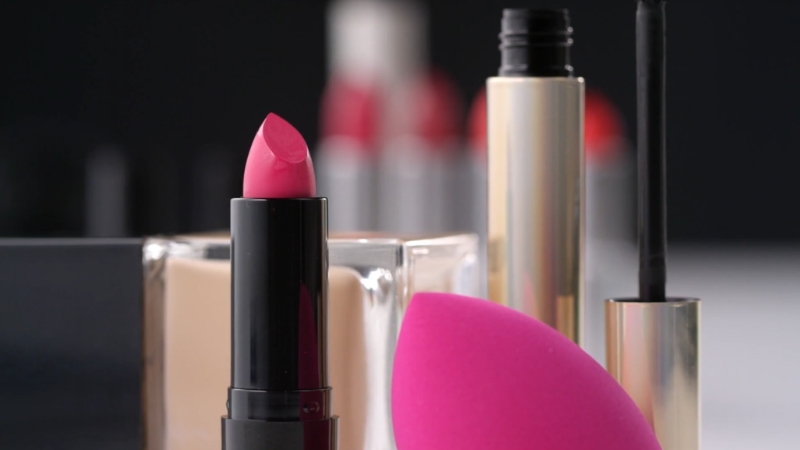
Beauty shopping isn’t just about picking a product off the shelf anymore – it’s about feeling seen.
In a category built on individual shades, textures, and routines, tailoring the experience to each shopper’s needs turns casual buyers into long-term fans.
Beauty Is Highly Individual
No two shoppers are alike. Skin tone, texture, finish preference, sensitivities, and even application style all influence what works.
Small, memorable touches, such as keychain custom gifts, can reinforce that sense of personalization.
When a brand tailors the shopping experience to those variables, friction disappears and commitment rises.
McKinsey reports that 71 percent of consumers expect personalized interactions, and 76 percent feel frustrated when they don’t get them. KPMG’s Customer Experience Excellence research finds personalization is the top driver of loyalty and a leading driver of advocacy.
For beauty brands, the implication is clear. Personalization is a baseline expectation that shapes growth. McKinsey also notes that brands that excel at customer intimacy grow revenue faster than peers, reinforcing the idea that loyalty flows naturally from relevance.
Reducing Risk Equals Building Trust
The biggest anxieties in makeup are shade mismatch and product fit. Tools that reduce that risk have measurable loyalty benefits.
Perfect Corp’s data shows that brands using virtual try-on often see conversion lifts, with Retail Dive reporting about 2.5 times higher sales conversion on average after implementation. That reduces returns, boosts satisfaction, and strengthens the likelihood of a second purchase.
Twilio Segment’s 2024 research highlights how personalization, trust, and loyalty intertwine, and why privacy controls matter. Consumers reward brands that combine personalization with respectful data practices.
The Four Layers of Personalization in Makeup E-Commerce
Think of personalization in beauty shopping as a set of layers that build on each other. Each layer, discovery, product, offers, and service, adds more relevance and comfort, turning a one-time purchase into a long-term relationship with the brand.
1. Personalized Discovery
Before a purchase ever happens, shoppers explore. Shade match quizzes, undertone finders, augmented reality (AR) try-ons, and skin-type guides remove guesswork and create confidence.
A great example is L’Oréal’s Modiface integration, which brings virtual try-ons to major retail surfaces like Amazon, transforming product pages into personalized mirrors.
When a shopper sees the lipstick or foundation on their own face, conversion rates rise and hesitation fades.
2. Personalized Product
Beyond discovery sits the product itself. Custom foundation blends, build-your-own palettes, engraved lipsticks, and skincare routines tailored to goals and sensitivities make the product feel created just for the buyer.
That sense of ownership creates an emotional anchor and sharply increases switching costs.
3. Personalized Offers and Replenishment
Refill timing based on historical usage, bundles curated from browsing and purchase data, and exclusive perks unlocked by on-site engagement turn single transactions into an ongoing relationship.
Forrester notes that tailored offers are a key reason shoppers join loyalty programs. Predicting when someone needs a refill and having it ready is a loyalty engine.
4. Personalized Service and Content
How-to videos mapped to prior purchases, creator content showing the exact shade on a similar skin tone, and service routed to the same advisor all build emotional stickiness.
Google’s research shows that creator-driven content shapes decisions in meaningful ways, adding credibility and community to the experience.
The Loyalty Math
Metric
Impact of Personalization
Expectation and reward
71 percent expect personalization; brands that deliver grow faster and see stronger loyalty outcomes.
Beauty-specific conversion
Virtual try-on can increase conversion 2.5x and reduce returns.
Program power
Sephora’s Beauty Insider accounts for a major share of sales among tens of millions of members, frequently cited as roughly 80 percent.
Macro uplift
McKinsey research links personalization to faster revenue growth and meaningful incremental lift.
Connected customer reality
Salesforce reports rising recognition that brands treat customers like individuals, but also high caution around data use.
Tactics That Turn Personalization Into Loyalty
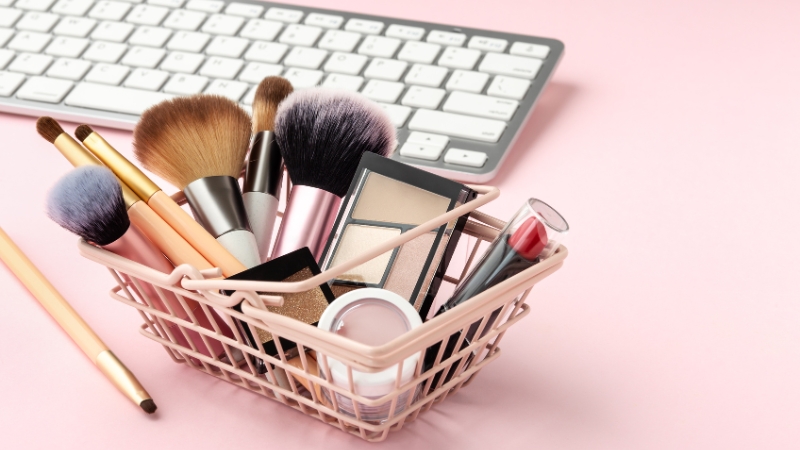
Turning data and shade-matching into real loyalty is about clear, human-centered moves that keep shoppers feeling confident and valued.
Below are practical ways brands can translate personalization into lasting customer commitment.
1. Launch a High-Signal Shade Quiz and AR Try-On
Combine a quick quiz with computer vision try-on. Collect the highest predictive signals first and show results with confidence scores. Then let customers validate live with AR.
Evidence shows that try-on technology boosts conversion and reduces returns, which correlates with repeat purchases. Make results portable across web, app, and retail partners through a profile ID to maintain consistency.
Execution Tip
Track “first successful shade match” as a milestone event. Trigger follow-up content that teaches looks using the matched shade and captures user-generated content for social proof.
2. Turn First-Party Data Into a Replenishment and Routine Engine
With third-party tracking fading out, first-party data becomes more valuable. Create usage curves by product. Infer depletion windows and recommend refills at just the right time, with opt-in reminders.
Offer routine stacking bundles based on skin type, finish preferences, and sensitivity flags captured at onboarding.
Why it Builds Loyalty
Predictive refills reduce out-of-stock panic and lower switching. Personalized bundles save money and decision time, which customers value.
3. Personalize Loyalty Benefits With Real Utility
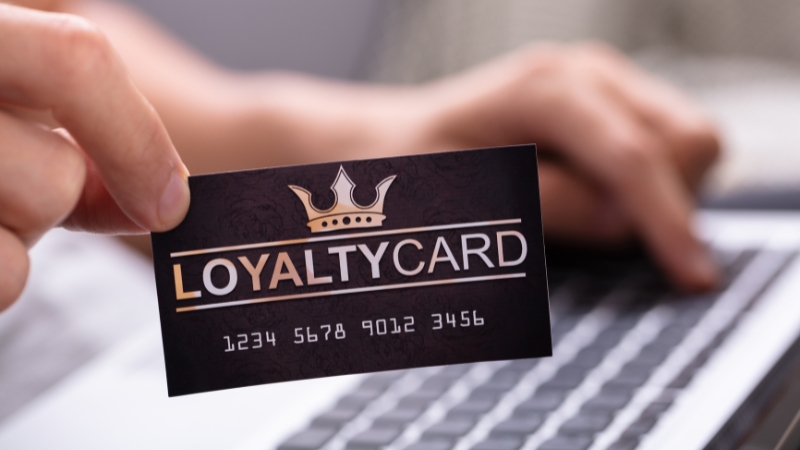
Move beyond generic points. Tie perks to a shopper’s actual routine and shade history.
Invite high-value customers to early access for the exact shade family they buy. Offer bonus points for reviews that include swatches on similar skin tones to enrich your data.
Forrester highlights that tailored offers are a primary reason shoppers enroll in loyalty programs, directly supporting retention goals.
Proof Point
Sephora’s Beauty Insider is widely referenced as a best-in-class model where personalization permeates the program and drives the majority of transactions.
4. Use Creator Content to Personalize Education
People want to see how the product looks on someone like them. Map creator videos to profiles by skin tone, undertone, and concerns.
Google’s research indicates that creator content plays a unique role in purchase decisions and brand relationships.
Execution Tip
Embed one “closest match” creator video on every product page by default for logged-in users.
5. Close the Loop With Post-Purchase Feedback and Micro-Adjustments
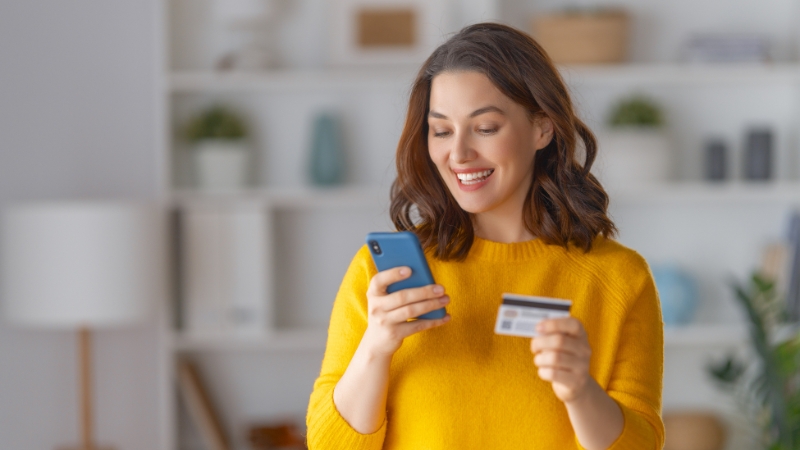
Ask two targeted questions one week after delivery:
Adjust the next recommendation and offer a one-time swap if the match is off.
6. Make Personalization Visible, Not Creepy
Gartner warns that many personalized messages fall flat or feel intrusive. Focus on clear value. Show why a recommendation appears.
Provide easy controls to edit preferences. Avoid sensitive inferences. Let customers opt out of specific personalization types without leaving the program.
Examples and Case Notes
Real-world examples bring the numbers to life. Let’s look at how leading beauty brands are applying personalization in makeup e-commerce and what their results reveal about loyalty.
L’Oréal x Modiface
Virtual makeup try-ons now sit inside retail platforms, collapsing discovery and confidence into a single interaction.
This lowers the barrier to first purchase and supports repeat buying when shade results are saved to the profile.
Sephora Beauty Insider
The program’s strength comes from profiles tied to shade, product history, and store consultations, which power perks, samples, and targeted launches.
Analyses commonly cite more than 30 million members and roughly 80 percent of sales from the base.
Industry Benchmarks
McKinsey’s research connects granular personalization with faster growth. KPMG ranks personalization highest for loyalty impact. Together, they frame the business case beyond isolated case studies.
Tie Personalization to Loyalty Metrics
Getting personalization right is only half the story. Measuring its impact is what turns insights into growth:
Core loyalty KPIs
- Repeat purchase rate segmented by whether a shopper used quiz or AR try-on
- Time to second order after a personalized onboarding journey
- Customer lifetime value for cohorts with replenishment reminders versus control
- Return rate and exchange rate by shade match confidence score
- Loyalty tier progression for members exposed to tailored offers versus generic offers
Attribution Guidance
- Use cohort reporting keyed to the first successful shade match.
- Run A/B tests for replenishment cadence and personalized bundles.
- Track the assist value of creator content when it matches the shopper’s profile attributes.
Privacy, Consent, and Trust
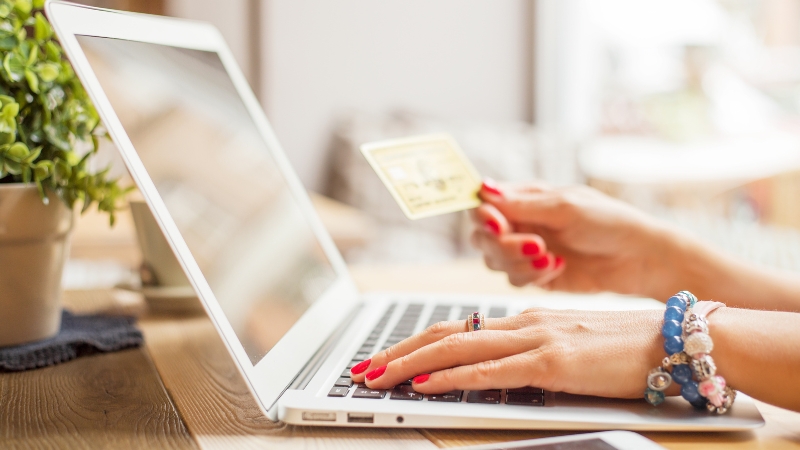
Personalization without trust will backfire. Regulations and platform changes are reshaping how data can be used.
- Chrome and third-party cookies: Google shifted to a stronger user choice model through Privacy Sandbox. Marketers should plan for reduced cross-site identifiers and prioritize first-party data.
- CCPA and CPRA in California: Consumers can opt out of the sale or sharing of personal information. Brands must honor signals like Global Privacy Control and provide clear opt-outs.
- GDPR and UK guidance: Profiling for personalization requires a lawful basis, transparency, and meaningful user control. Document your approach and provide easy ways to adjust or withdraw consent.
Practical checklist
A Simple Model
Stage
Actions
Loyalty Impact
Onboarding
60-90 second shade quiz, instant AR try-on, save profile across channels
Builds initial trust and data foundation
First purchase confidence
Show creator content and reviews filtered to similar skin profiles, offer a first-time swap guarantee on shades
Reduces buyer anxiety
Post-purchase loop
Micro-survey after delivery, offer how-to content and pairings based on wear feedback, invite to loyalty with a perk tailored to the routine
Strengthens retention
Replenishment and routine growth
Predict refill timing and remind with consent, introduce limited drops in their shade family first, reward routine completion rather than raw spend
Increases lifetime value
Tech Stack Choices That Sustain Loyalty

Building loyalty at scale is also about the right infrastructure. Under the hood, a well-chosen tech stack connects quizzes, try-ons, and loyalty data so every interaction feels seamless and consistent.
Customer data platform plus warehouse
Twilio Segment notes that combining a CDP with a warehouse and clear privacy controls creates a strong personalization engine.
Connect quiz outcomes, try-on events, and loyalty activity in one model to drive accurate recommendations.
AR try-on and skin analysis
Select providers that support mobile web, app, and in-store mirrors. Demand metrics like shade match confidence, virtual-to-purchase conversion, and return reduction. Industry benchmarks from Perfect Corp and media coverage set expectations.
Loyalty platform with dynamic rewards
Choose systems that let you target benefits by profile attributes, not only spend. Forrester’s landscape on loyalty tech can guide vendor selection.
Risks to Avoid
- Over-personalization that feels intrusive: Set strict value tests for every personalized message.
- One-size loyalty: Points without personalized utility get stale. Align benefits with shade history, finish preferences, and skin concerns.
- Data sprawl and consent debt: Keep a single source of truth for profile attributes. Capture consent once, refresh it when scope changes, and surface controls in every channel.
Quick Wins You Can Launch in 60 Days
The Bottom Line
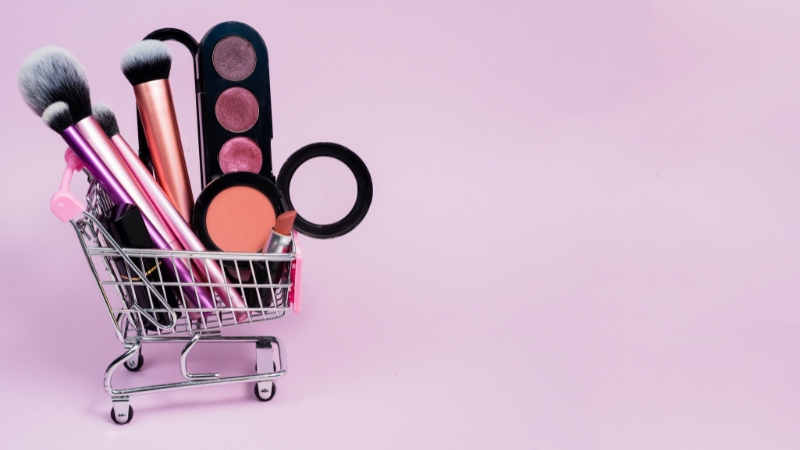
Personalized makeup products and experiences outperform because they remove doubt at every step. Shade confidence, routine clarity, and timely refills create satisfaction that compounds over time.
The strongest loyalty programs in beauty aren’t just about points. They’re about recognition, relevance, and respect for the shopper’s choices and privacy.
Make it easy to find the right product. Make it comfortable to stick around. Loyalty follows.
Related Posts:





